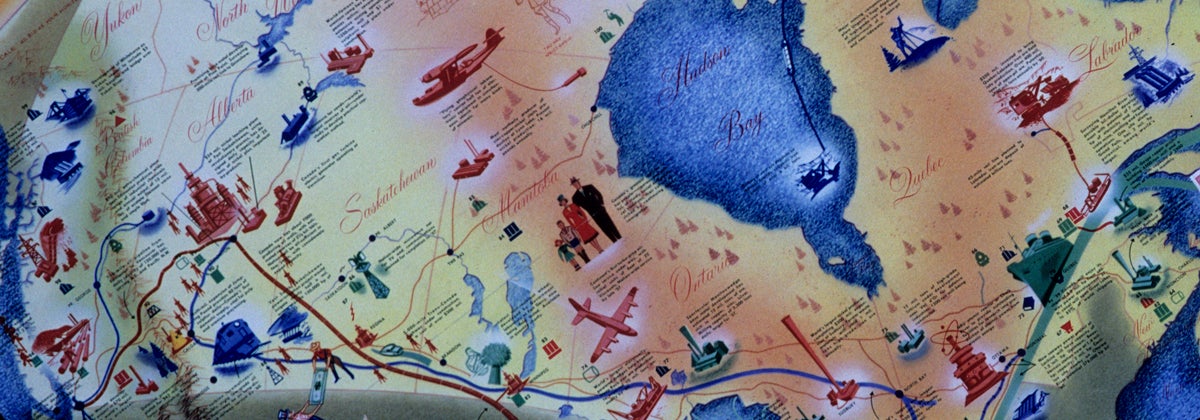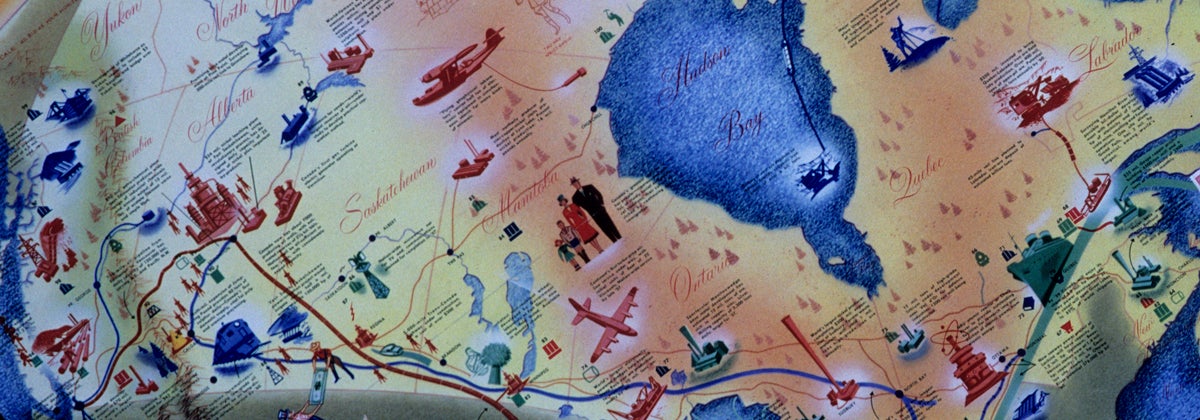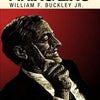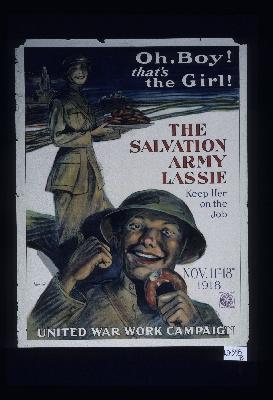Doughnut Lassies on World War I Posters
Political posters are powerful tools of persuasion and control via striking visual imagery. Scholarly interest in the strong visual images draws many researchers to Hoover's voluminous poster collection. Others mine more popular parts of the collection, such as this CBC article on National Doughnut Day, which highlights posters of US troops receiving doughnuts and coffee from Salvation Army doughnut lassies during World War I.








